Sophisticated garden concepts, leading suppliers, and garden design trends from around the world in one comprehensive and lushly-illustrated reference book
Discover the greatest in garden design: Garden Design Review showcases the most outstanding projects and products in garden planning and landscape architecture around the world. A garden not only extends living space outdoors; it also enhances the quality of life. A green enclave is an aesthetically decisive factor in architecture and a neighborhood environment and, in times of ever-intensifying urbanization, takes on an existential role in both private and public spaces.
This illustrated garden book presents more than 50 contemporary garden projects from some of the most internationally-renowned landscape architects and garden designers worldwide, ranging from prestigious park designs to small and innovative terraces and urban and rooftop gardens. Throughout, the book catalogues the leading garden suppliers in the international scene whose products, including garden furniture, help transform a simple plot of land into a carefully curated environment and experience.
The featured gardens are profiled with both vibrant photographs and supplementary interviews with featured landscape and garden designers on their individual working process. Information on each property — including concept, materials, and plant choices, rounds out each entry. Garden Design Review is an indispensable garden book for all professional garden designers and ambitious home gardeners looking for exclusive inspiration.
About the author:
Ralf Knoflach, born in Meerbusch, Germany, completed apprenticeships as a Horticulturist in the USA, France, and Italy. He completed his commercial training and gained professional experience at various tree nurseries. For more than 10 years, Knoflach has been independent with green | Gartenkultur and is a tree broker and gardener of entries, terraces, roof gardens, and courtyards all over Europe.
Carefully-curated garden projects by a high-profile team of experts
And 288 pages of garden inspiration and insight into the creative practice of the best garden designers and landscape planners worldwide

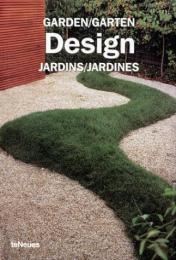

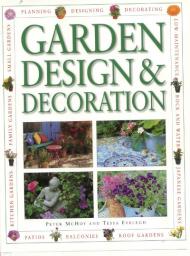

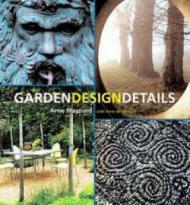

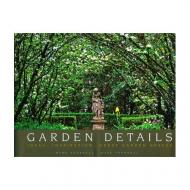
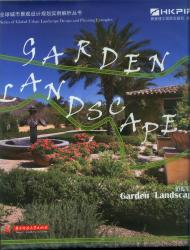
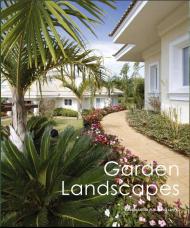





 More than 490 color photographs and illustrations
More than 490 color photographs and illustrations